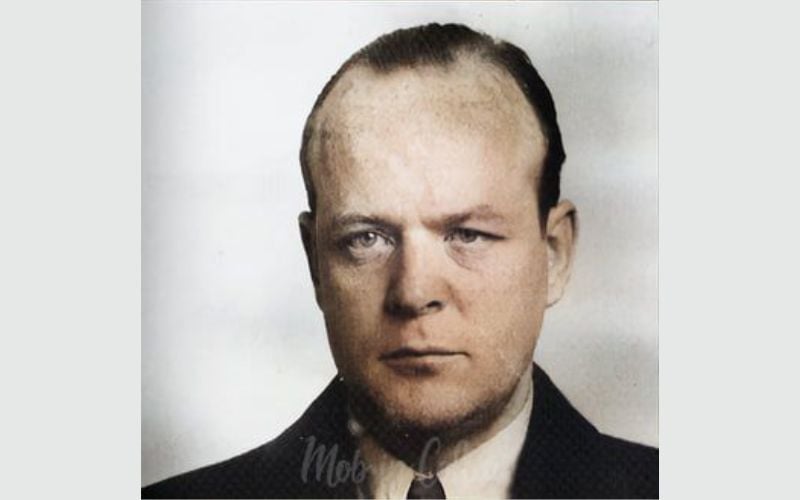I have never rooted for England -- not once in my whole life. In fact, I always root the opposing team.
My best friend is English and if Ireland were playing in the World Cup instead of England, she would root for Ireland.
But I can't help myself and I can't pretend otherwise. This "prejudice," I suppose that's the word for it, though it sounds kind of harsh, has its roots in an incident that happened at a football match ninety years ago this coming November.
But let me try to explain.
I'm from Tipperary, where the Gaelic Athletic Association (GAA) was founded in Hayes Hotel in Thurles on November 1, 1884. (If you go to Thurles be sure to stop in to Hayes Bar, which is owned by my cousin Pat.)
Gaelic games, especially hurling, were and continue to be, a passion in Tipperary. We won 25 All-Ireland hurling finals.
The All-Ireland is played at Croke Park in Dublin where Hogan's Stand is named for a player from Tipperary, Michael Hogan (pictured above.)
Michael is the reason I can't cheer for England. He was killed on November 21, 1920, when British forces raided Croke Park during a game between Tipperary and Dublin.
A few minutes into the match, which started late, at 3.15 in the afternoon, British forces made up of RIC, Black & Tans and military entered the grounds. Hogan was shot and killed, as was Tom Ryan, who was kneeling beside him whispering an act of contrition into his ear. The forces then fired into the panicked and fleeing spectators killing twelve people and injuring sixty -- two more later died of their wounds.
That day became known as Bloody Sunday.
The official account of the incident claimed that the troops had been fired upon by Sinn Fein and were firing in self-defense.
It wasn't until 2000 that the truth came to light and showed that British forces had acted without provocation.
On January 30, 1972, in another incident that also became known as Bloody Sunday, twenty-seven civil rights protesters were shot by the British Army in Derry. Thirteen died that day and another died four and a half months later of wounds. The official report at the time drew parallels with the 1920 incident in that the Army claimed to have been fired on first.
Campaigns by the families of those killed led to second inquiry which was established in 1998. On June 15, the report on Bloody Sunday, 1972, will finally be released by the British Government.
Will the British Army take responsibility for the deaths of the Civil Rights marchers? If they do maybe then I'll have something to cheer about.
Note: For video report on the 1920 incident see: http://www.youtube.com/watch?v=2jMIv9UbI9I




Comments